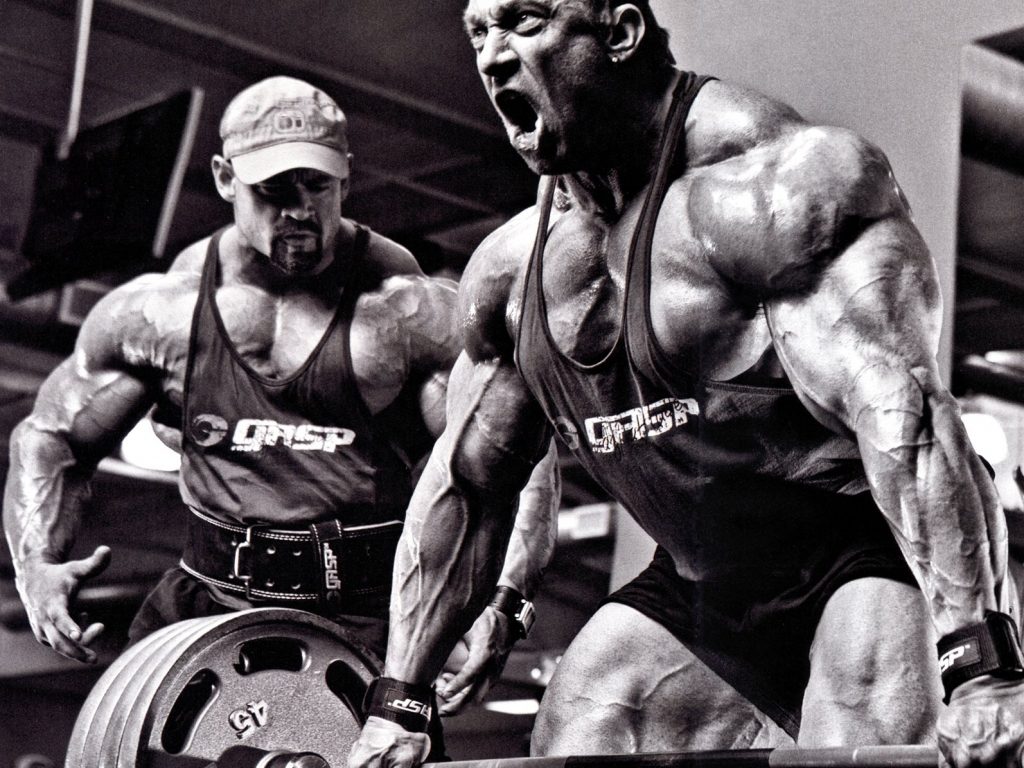Anyone who has ever served in the military knows one thing for sure. When two soldiers take the battlefield against a common enemy, they have each others’ backs until the end. They’d fall on a grenade for their buddy. They’d take a bullet for their buddy. Keeping their buddy safe and out of harm’s way is as important as the mission itself – it’s even part of the mission. This translates to the gym, when we (often with a training partner) go to war against the iron. Let’s learn more about spotter communication and etiquette.
The first key to success in partner training is to get on the same page in terms of goals and training styles. If one of you is laid back, and the other is super-focused, chances are great your iron marriage won’t last. Or, if one partner prefers to chat with everything in spandex, and the other prefers wearing headphones and keeping extreme focus, it will not work either. Temperament is very important in bodybuilding. Choose a training partner who acts like you do.
Second, communication skills must be developed and perfected. Typically, only three commands are needed, given by the person doing the lifting. “Go” initiates the set, and alerts the spotter that assistance is needed moving the bar into starting position. “Help” should be muttered when the lifter cannot move the weight any further, and needs the spotter to apply a slight amount of pressure to the bar, making it 5 or 10% lighter. This difference gives the lifter the ability to complete one or more repetitions. Finally, “Done” should be spoken when the person lifting the weight has determined he cannot lift anymore, and would like help re-racking the weights. These three common commands should be used universally in gyms. Your training partner may also use motivational speaking to help you train harder, but these words should never interfere with your own commands to the spotter. Many injuries do occur in the gym when strangers give each other a spot and fail to work out the three verbal cues necessary for safe spotting in a set.
Finally, the importance of showing up on time, and not missing days, cannot be emphasized enough. We all live busy lives and have work, family, and school commitments. It’s very easy to ‘squeeze in’ a trip to the gym whenever it suits your schedule. It’s much harder to time things so you arrive at a pre-planned time to accommodate you’re training partner’s schedule. Be courteous with the clock, and expect the same from your training partner.
Your primary goal in the gym it to make gains in muscle mass and strength. This is accomplished through proper training. Your secondary goal is to stay safe, so that you can keep going to the gym. If you tear a pec while benching too much without a spotter, your seriously endanger goal #1. Use your training to your advantage in the gym, and make sure both you and him make it home safe after the workout!

